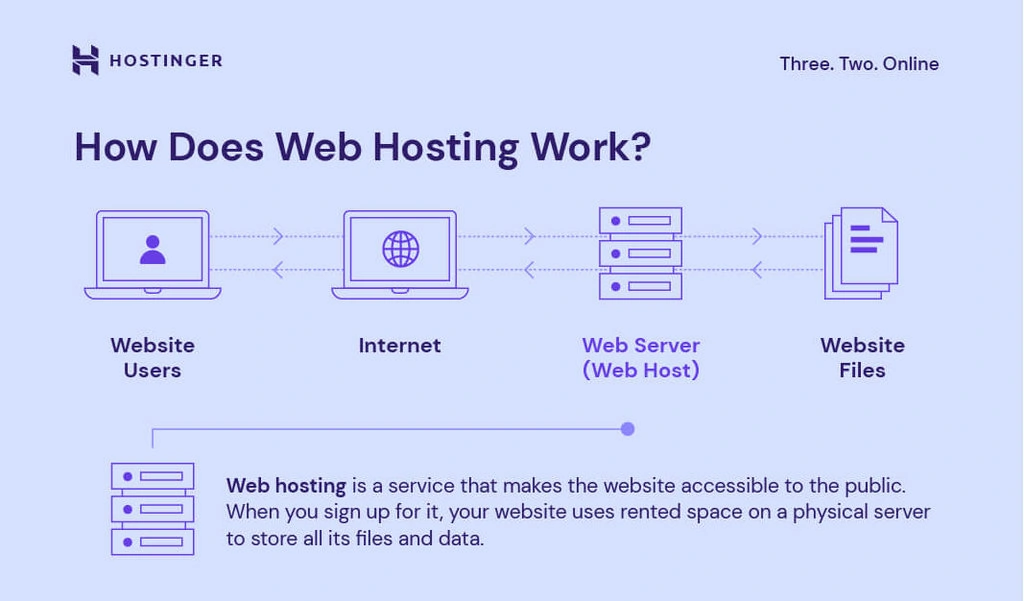🧠 Client-Side vs Server-Side: A Comprehensive Guide for Beginners
 ABHISHEK
ABHISHEK
📚 Table of Contents
What is Client-Side vs Server-Side?
What Happens in the HTTP Request-Response Cycle?
How Does Web Hosting Work?
🍽️ Client-Side vs Server-Side: Explained with a Restaurant Analogy
Let’s imagine visiting a restaurant.
You are the user (client).
The waiter is the middleman (API).
The kitchen is the server.
👀 Client-Side = What You Interact With
Everything you see and directly engage with in a website is handled on the client-side — in your browser.
HTML → The restaurant’s menu (what’s available).
CSS → The decor and presentation.
JavaScript → Your interactions — like asking for a drink or calling the waiter.
💡 The client-side is all about user experience. It doesn’t need to know how the food is cooked — just how it looks and behaves.
⚙️ Server-Side = What Happens Behind the Scenes
This is where the heavy lifting happens.
Server-Side Code → Like the kitchen preparing your meal.
Database → The storage room with ingredients.
APIs → The waiter takes your request to the kitchen and brings back your food.
💡 Server-side operations handle processing, storage, and business logic that the user doesn’t directly see.
🌐 The HTTP Request-Response Cycle: What Happens When You Visit a Website?

Every time you open a website, your browser and a web server exchange messages. Let’s break this down:
🔁 Step-by-Step Breakdown
You Type a URL: Like
www.example.comBrowser Sends a Request:
To the server.
Asks for a specific resource (like a page, image, or video).
Request Travels Over the Internet
Server Receives It:
Looks up the requested content.
Gathers necessary files (HTML, CSS, JS, images).
Server Sends a Response:
Includes website files + a status code like:
200 OK= Success404= Page Not Found
Browser Gets the Response
Browser Renders the Page for you to see and use!
📦 Real-Life Example:
Typing amazon.com is like saying:
“Show me the homepage of the store.”
The server replies with:
“Here it is, loaded with products and deals (status: 200 OK)!”
🏠 Web Servers and Hosting: Making Your Website Public

Let’s say you’ve built a personal website. To make it live for the world, you need:
💻 A Web Server
Think of it as a specialized computer that stores your website’s files (like HTML, CSS, and images) and delivers them when requested.
- Common web servers: Apache, Nginx, Node.js
📦 Web Hosting
Web hosting means renting space on a server to store your site. When someone enters your site’s address, the server responds with your files.
Types of Hosting:
| Type | Best For | Examples |
| Shared Hosting | Small personal websites | Bluehost, Hostinger |
| VPS Hosting | Medium projects | DigitalOcean, Linode |
| Cloud Hosting | Scalable applications | AWS, Google Cloud |
| Serverless | Fast static deployments | Vercel, Netlify |
🌍 Don’t Forget the Domain
A domain name (like myportfolio.me) maps to your server's IP address using DNS — so people don’t need to remember numbers.
✅ Recap: Putting It All Together
Client-side handles what users see and interact with (HTML, CSS, JS).
Server-side processes data and handles requests behind the scenes.
The HTTP request-response cycle is how communication flows.
Web hosting and servers make your site available globally.
Subscribe to my newsletter
Read articles from ABHISHEK directly inside your inbox. Subscribe to the newsletter, and don't miss out.
Written by
